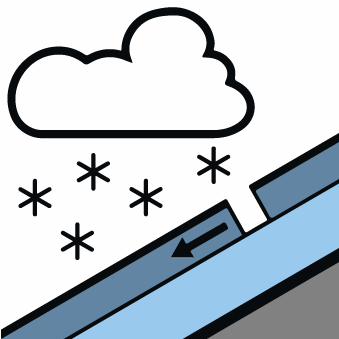
Danger level

2000m
Avalanche Problem

Wind-drifted snow

2000m


New snow

1800m


New snow and wind slabs represent the main danger.
The wind slabs are mostly shallow and prone to triggering. These can in many places be released by a single winter sport participant and reach medium size. The avalanche prone locations are to be found in particular on east, southeast and south facing slopes, and adjacent to ridgelines and in gullies and bowls above approximately 2000 m.
The new snow can be released by a single winter sport participant in all aspects below the tree line. The avalanches in these loacations are rather small.
Several small natural dry avalanches are possible as a consequence of solar radiation.
Ski touring and other off-piste activities, including snowshoe hiking, call for meticulous route selection.
The new snow can be released by a single winter sport participant in all aspects below the tree line. The avalanches in these loacations are rather small.
Several small natural dry avalanches are possible as a consequence of solar radiation.
Ski touring and other off-piste activities, including snowshoe hiking, call for meticulous route selection.
Snowpack
>
15 to 20 cm of snow fell in the last two days above approximately 1500 m. The northwesterly wind has transported the new snow significantly. Over a wide area new snow and wind slabs are lying on the smooth surface of an old snowpack. They are bonding only slowly with the old snowpack in particular on sunny slopes.
Tendency
Gradual increase in danger of dry avalanches as a consequence of the precipitation.